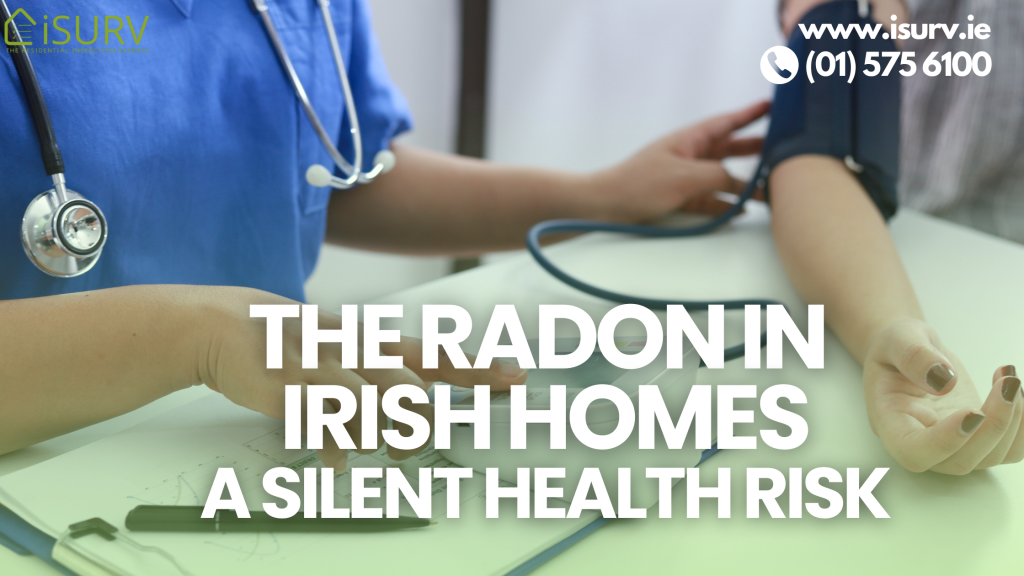
Radon is a naturally occurring radioactive gas that can pose significant health risks, particularly in homes. In Ireland, radon levels are a growing concern due to the country’s geological makeup. This blog will delve into what radon is, its health impacts, how it infiltrates homes, and what steps you can take to protect your family from this invisible threat.
What is Radon?
Radon is an odorless, colorless, and tasteless gas that forms from the natural decay of uranium in soil, rock, and water. It can accumulate to high levels in homes, particularly in areas with poor ventilation. Because it is undetectable by human senses, many people are unaware of its presence in their living environments.
Health Risks of Radon
The primary health risk associated with radon is lung cancer. According to the World Health Organization (WHO), radon is the second leading cause of lung cancer after smoking. Long-term exposure to high levels of radon can significantly increase the risk of developing lung cancer, particularly for smokers and former smokers.
Radon Levels in Ireland
Ireland has a higher potential for elevated indoor radon levels compared to many other countries. The Environmental Protection Agency (EPA) of Ireland has identified several high-radon areas, particularly in the western and southeastern parts of the country. Geological formations rich in uranium contribute to this elevated risk.
How Radon Enters Homes Radon Gas Can Seep Into Homes Through:
- Cracks in floors and walls
- Construction joints
- Gaps in suspended floors
- Gaps around service pipes
- Cavities inside walls
- The water supply (less common)
Once inside, radon can accumulate, especially in lower levels of buildings such as basements and ground floors.
Testing for Radon
Testing is the only way to determine radon levels in your home. The EPA provides radon test kits, which are easy to use and relatively inexpensive. These kits should be placed in the lowest lived-in level of your home and left for a recommended period, typically three months, to ensure an accurate reading.
Mitigating Radon in Your Home
If high levels of radon are detected, several mitigation techniques can reduce its concentration:
- Improving Ventilation: Increasing the airflow in your home can help disperse radon.
- Sealing Cracks and Gaps: Sealing entry points can reduce the amount of radon seeping into your home.
- Installing a Radon Sump System: A radon sump is a collection point under the floor that can be vented to the outside, effectively reducing radon levels.
- Positive Pressurization: This involves blowing fresh air into the home, which can dilute and lower radon levels.
Government Initiatives and Resources
The Irish government, through the EPA, offers resources and support for homeowners concerned about radon. This includes public awareness campaigns, distribution of radon test kits, and guidelines for mitigation. Additionally, building regulations now require radon preventive measures in new homes built in high-radon areas.
Radon is a serious but manageable health risk in Irish homes. Awareness and proactive measures are key to ensuring the safety of your living environment. Regular testing and appropriate mitigation can significantly reduce the health risks associated with radon. Protect your family by staying informed and taking action against this invisible threat.
